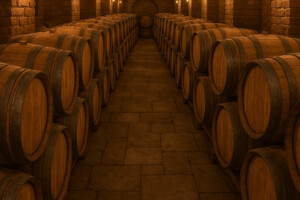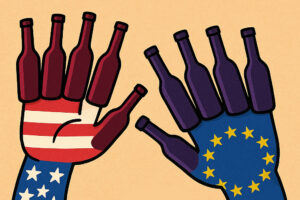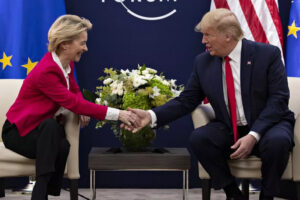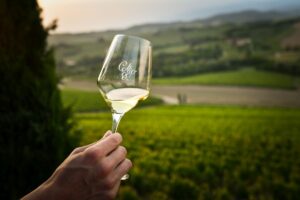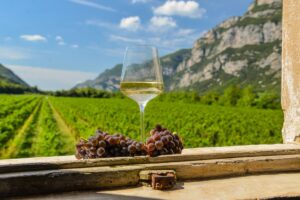As expected, and as previously reported by WineNews on Iri data, 2022 was a year of repositioning (downwards) for large-scale distribution (and retail) wine sales in Italy, following the conditioned booms caused by the pandemic and the total and partial lockdowns of 2020 and 2021, with a large portion of out-of-home consumption transferred instead within the house. Data from the Unione Italiana Vini (Uiv) and the Ismea Observatory have now confirmed this (based on the Ismea-Nielsen IQ Observatory).
According to a note, the only clearly positive item in 2022 relates to the “Other Charmat sparkling wines” category (different from Prosecco), which closed 2022 with trend growth in the volume of 13% (+22% in discount stores), against a general drop in shelf purchases of more than -6%, with above-average losses for the type of still wines (-7%) and, in particular, red DOCs that drop by double figures (- 11%).
“The exploit of low-cost sparkling wines, whose average price of 4.4 euros/liter records a much more contained increase in price lists compared to its competitors - explain Unione Italiana Vini and Ismea - is a reflection of the limited purchasing power of Italians in the last year ( the most expensive Metodo Classico sparkling wines close at -9% after a 2021 frame, and Champagnes close at -25%, also due to limited availability) but it also emphasizes the now indispensable centrality achieved by sparkling wines also within the home. In terms of values, the 2022 balance of large-scale retail sales also ended in the negative (-2%, at 2.94 billion euros)”.
In any case, between 2019 and 2022, sparkling wines saw a 17% increase in volumes marketed in large-scale distribution, with even more significant growth for Prosecco (+31%) and “Other Charmat sparkling wines” which close the three-year period at +32% (34 million bottles in 2022). According to the general secretary of the Unione Italiana Vini (Uiv), Paolo Castelletti, “the gap between the performance of sparkling wines and the rest of the market is increasingly evident, and the effect was far from neutral. The cost of the cart, where sparkling wines are the basis of daily consumption, is likely to be paid for by still wines (-8%) and especially red ones, which show a decrease of -11% in the period under review”.
For the head of the Ismea Rural Development Services Department, Fabio Del Bravo, “what we have observed in the consumption patterns of Italians from the immediate pre-Covid period to the present is a change with few precedents; they now view sparkling wines as something to be enjoyed throughout the meal, free from anniversaries and holidays, and which one is unwilling to give up even in the face of the erosion of purchasing power”.
Furthermore, the analysis explains that, while the balance of the main denominations and geographical indications last year clearly follows the general negative trend, a medium-term perspective helps to better understand which wines have structurally embarked on a convoluted phase and which are instead falling back on pre-Covid values after the 2020/21 flare-up. Among the former, some IGT reds must be numbered whether they come from native vines or from international vines. Among the PDOs, the setbacks are numerous and range from Piedmont to Sicily. Those in the process of returning to “normality” are Montepulciano d’Abruzzo, Chianti, Salento (therefore Negroamaro), Lambrusco Emilia, and Rubicone Trebbiano. Then there are also those (few to tell the truth among the big sellers) in a positive phase, despite negative volumes in the last year: Sangiovese Rubicone, Vermentino di Sardegna, Verdicchio, Castelli Romani, Valpolicella.
E-commerce has the heaviest negative volume balance (2022 vs 2021), with -15% cumulative between wines and sparkling wines, and higher peaks for the most valuable types, such as classic method sparkling wines (-21 %). Unlike physical retail, the channel saw widespread price decreases, with price lists averaging -10%. Following a significant increase in sales in 2020 (from 2.6 to 8 million liters) and a further increase in 2021 (9 million), the segment appears destined to return to pre-pandemic levels and thus cease growth.
Copyright © 2000/2025
Contatti: info@winenews.it
Seguici anche su Twitter: @WineNewsIt
Seguici anche su Facebook: @winenewsit
Questo articolo è tratto dall'archivio di WineNews - Tutti i diritti riservati - Copyright © 2000/2025











